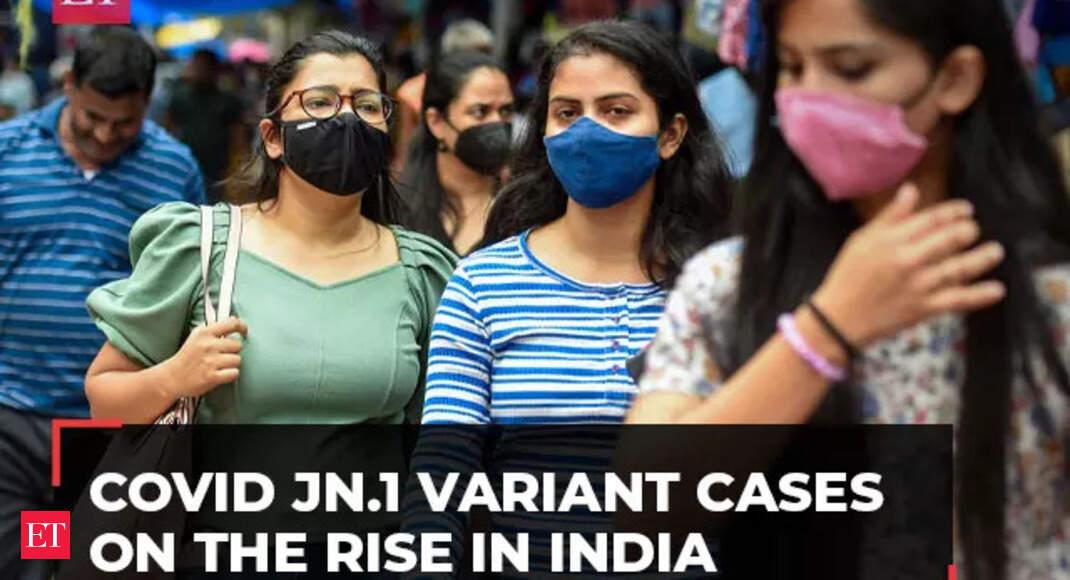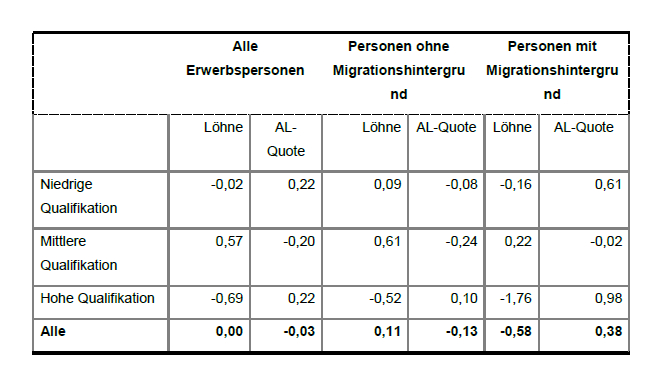Dangerous Climate Whiplash: A Global Urban Impact

Table of Contents
Increased Frequency and Intensity of Extreme Weather Events
Climate whiplash, characterized by rapid and unpredictable shifts between extreme weather events, is significantly increasing the frequency and intensity of hazardous conditions in urban areas. This poses a major challenge to urban infrastructure, public health, and economic stability.
Heatwaves and Urban Heat Islands
Cities, particularly those with extensive concrete and asphalt surfaces, experience a phenomenon known as the urban heat island effect. This effect traps heat, leading to significantly higher temperatures than surrounding rural areas. Consequently, heatwaves become more intense and prolonged, resulting in:
- Increased energy consumption: Higher temperatures necessitate increased use of air conditioning, straining energy grids and contributing to greenhouse gas emissions.
- Infrastructure damage: Extreme heat can cause damage to roads, buildings, and other infrastructure.
- Public health strain: Heatwaves lead to heatstroke, respiratory illnesses, and cardiovascular problems, placing a significant burden on healthcare systems.
- Vulnerable populations disproportionately affected: The elderly, children, and low-income communities are particularly susceptible to the health impacts of extreme heat events. Effective heatwave mitigation strategies are crucial.
Flooding and Coastal Inundation
Rising sea levels and increasingly intense storm surges are dramatically increasing the risk of coastal flooding in major cities across the globe. This poses a significant threat to coastal infrastructure and populations. Key impacts include:
- Damage to infrastructure: Flooding can severely damage roads, bridges, buildings, and transportation systems.
- Displacement of populations: Coastal communities face displacement and loss of homes due to rising sea levels and frequent flooding.
- Economic losses: Flooding causes significant economic damage due to property destruction, business interruption, and the cost of recovery efforts.
- Improved drainage systems, seawalls, and coastal defenses are crucial for enhancing urban resilience against coastal flooding and the impacts of sea-level rise and storm surge.
Droughts and Water Stress
Unpredictable rainfall patterns and prolonged droughts are placing significant stress on urban water supplies. This water scarcity can lead to:
- Water rationing: Cities may be forced to implement water restrictions to conserve dwindling resources.
- Agricultural impacts: Droughts negatively impact agricultural production, leading to food shortages and price increases.
- Wildfires: Dry conditions increase the risk of devastating wildfires, threatening lives and property.
- Conflict over resources: Competition for limited water resources can lead to social and political conflict. Effective drought management and urban water resilience strategies are essential.
Socioeconomic Impacts of Climate Whiplash
The impacts of dangerous climate whiplash extend far beyond environmental damage, significantly affecting the socioeconomic fabric of cities.
Economic Disruptions
Extreme weather events inflict substantial economic costs on cities globally:
- Insurance premiums: The increased risk of damage from extreme weather leads to higher insurance premiums for homeowners and businesses.
- Decreased property values: Properties in areas prone to flooding or other extreme weather events may experience decreased value.
- Loss of tourism revenue: Extreme weather can deter tourists, leading to a decline in tourism revenue for cities.
- Economic inequality exacerbated: The impacts of climate change disproportionately affect low-income communities, exacerbating existing economic inequalities. Climate change adaptation strategies are necessary to enhance urban economic resilience.
Public Health Consequences
Climate whiplash poses a significant threat to public health:
- Heat-related illnesses: Extreme heat leads to heatstroke, dehydration, and other heat-related illnesses.
- Waterborne diseases: Flooding can contaminate water supplies, increasing the risk of waterborne diseases.
- Mental health impacts: Extreme weather events and displacement can cause significant mental health challenges.
- Displacement and its effect on health: Displacement due to extreme weather can disrupt access to healthcare and worsen health outcomes. Improving urban health resilience is vital.
Social Inequality and Vulnerability
Marginalized communities often bear the brunt of climate whiplash's impacts:
- Access to resources: Low-income communities may lack access to resources needed to cope with extreme weather events.
- Housing insecurity: Individuals in inadequate housing are more vulnerable to the effects of extreme weather.
- Lack of healthcare access: Limited access to healthcare exacerbates the health consequences of climate whiplash.
- Climate justice: Addressing the disproportionate impacts of climate change on vulnerable populations is a crucial aspect of climate justice. Promoting equity and addressing climate change's impact on vulnerable groups are vital for just outcomes.
Building Urban Resilience to Dangerous Climate Whiplash
Building resilient cities requires a two-pronged approach: mitigation and adaptation.
Mitigation Strategies
Reducing greenhouse gas emissions is crucial to lessen the severity of climate change:
- Transition to renewable energy: Shifting to renewable energy sources reduces reliance on fossil fuels.
- Sustainable transportation: Promoting public transportation, cycling, and walking reduces emissions from transportation.
- Green building design: Designing energy-efficient and sustainable buildings minimizes their environmental footprint.
- Carbon capture: Investing in carbon capture technologies can help remove existing carbon dioxide from the atmosphere. Sustainable cities must prioritize climate change mitigation.
Adaptation Measures
Adapting to the unavoidable impacts of climate change is equally important:
- Improved infrastructure: Investing in resilient infrastructure can withstand extreme weather events.
- Early warning systems: Developing effective early warning systems allows for timely evacuation and preparedness.
- Disaster preparedness plans: Comprehensive disaster preparedness plans are essential for effective response to extreme weather events.
- Community-based adaptation: Engaging communities in adaptation planning ensures locally relevant and effective solutions. Urban resilience strategies are fundamental.
Policy and Governance
Strong policies and international cooperation are vital for addressing climate whiplash:
- Climate change legislation: Implementing effective climate change legislation is crucial for driving emission reductions and adaptation efforts.
- Investment in green infrastructure: Governments need to invest in green infrastructure projects to enhance urban resilience.
- International agreements: International cooperation is essential for tackling the global challenge of climate change.
- Community engagement: Engaging communities in climate action fosters a sense of ownership and responsibility. Sustainable development goals require effective urban governance and climate policy.
Conclusion
Dangerous climate whiplash is profoundly impacting global urban areas, leading to increased frequency of extreme weather events, significant socioeconomic disruptions, and heightened vulnerability for marginalized communities. The key takeaways are the urgent need to address the increased frequency of heatwaves, flooding, and droughts, the devastating socioeconomic consequences these events have, and the critical importance of implementing mitigation and adaptation strategies. Understanding the impacts of dangerous climate whiplash is crucial for building resilient and sustainable urban futures. Take action today to learn more about climate change adaptation in your city and demand action from your local and national governments. Building resilient and sustainable cities is a collective responsibility demanding immediate action to combat the effects of dangerous climate whiplash.

Featured Posts
-
 Apagon No Te Preocupes 4 Recetas De Emergencia Para Comer Rico
May 31, 2025
Apagon No Te Preocupes 4 Recetas De Emergencia Para Comer Rico
May 31, 2025 -
 Flowers Nowy Singiel Miley Cyrus Data Premiery Nowego Albumu
May 31, 2025
Flowers Nowy Singiel Miley Cyrus Data Premiery Nowego Albumu
May 31, 2025 -
 Who New Covid 19 Variant Fueling Case Increases Globally
May 31, 2025
Who New Covid 19 Variant Fueling Case Increases Globally
May 31, 2025 -
 India Covid 19 Update Jn 1 Variant And A Slight Increase In Cases
May 31, 2025
India Covid 19 Update Jn 1 Variant And A Slight Increase In Cases
May 31, 2025 -
 Entwicklung Des Bodensee Wasserstands Fakten Und Analysen
May 31, 2025
Entwicklung Des Bodensee Wasserstands Fakten Und Analysen
May 31, 2025
